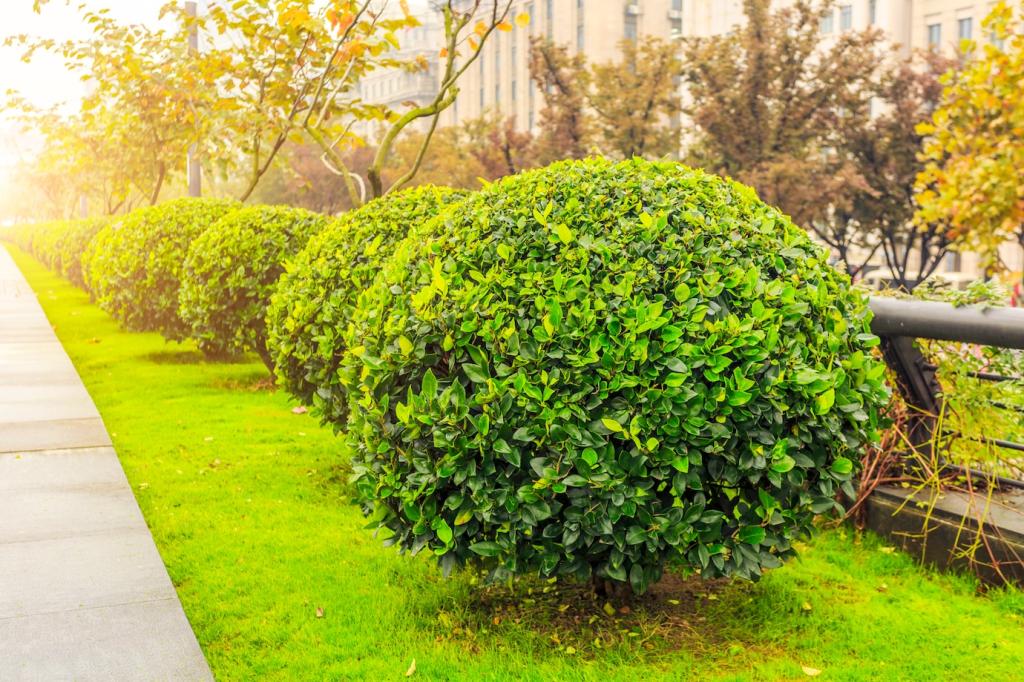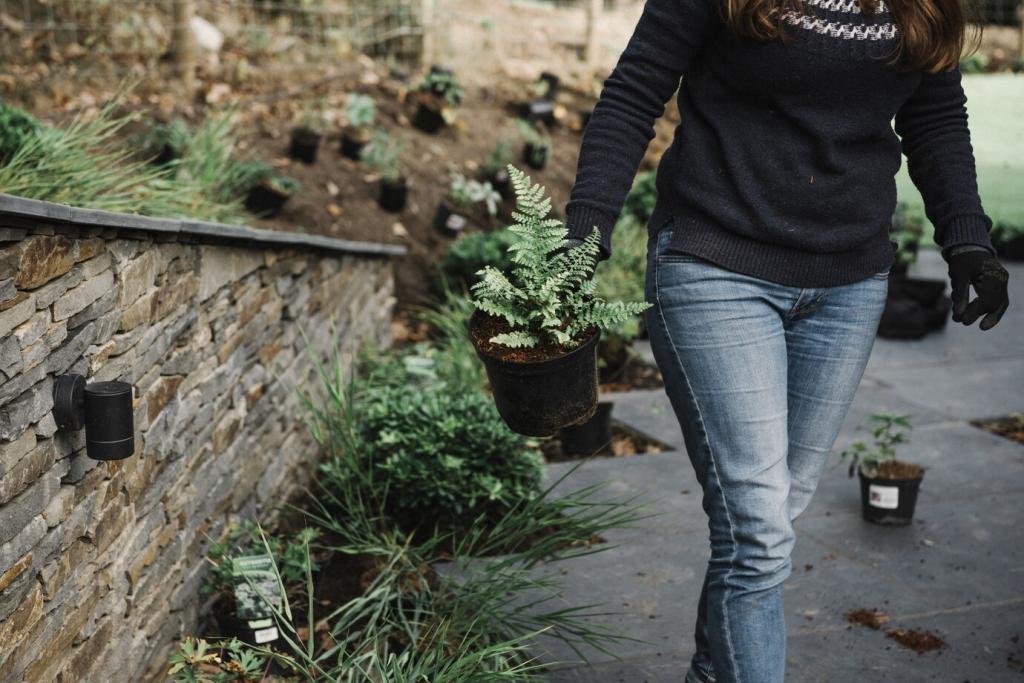
Eco-Friendly Lawn Alternatives: A Greener Way to Love Your Yard
Today’s chosen theme: Eco-Friendly Lawn Alternatives. Rethink the classic turf with water-wise groundcovers, pollinator meadows, and permeable designs that invite life, reduce chores, and look incredible. Dive in, share your ideas, and subscribe for weekly inspiration tailored to real yards, real budgets, and real climates.
Why Replace Traditional Lawns with Eco-Friendly Alternatives
In many neighborhoods, outdoor watering can account for up to a third of household use, and lawns are often the thirstiest feature. Eco-friendly lawn alternatives like microclover, native sedges, and thyme thrive on less water, easing pressure on aquifers and budgets while turning weekends from irrigation duty into actual relaxation.
Why Replace Traditional Lawns with Eco-Friendly Alternatives
Traditional turf can be a green desert. By replacing it with eco-friendly lawn alternatives, you invite pollinators, beneficial insects, and songbirds. Blooming thyme feeds bees, seed-bearing native grasses welcome finches, and layered groundcovers provide shelter, transforming a quiet yard into a small sanctuary humming with healthy life.

Groundcovers that Replace Turf Beautifully
Microclover blends offer the familiar lawn look without synthetic fertilizer. The tiny leaves fix nitrogen naturally, stay soft underfoot, and recover quickly from play. Mixed with fine fescue, they create a low-mow, drought-smart surface that stays attractively green through summer heat with minimal irrigation and remarkably few inputs.
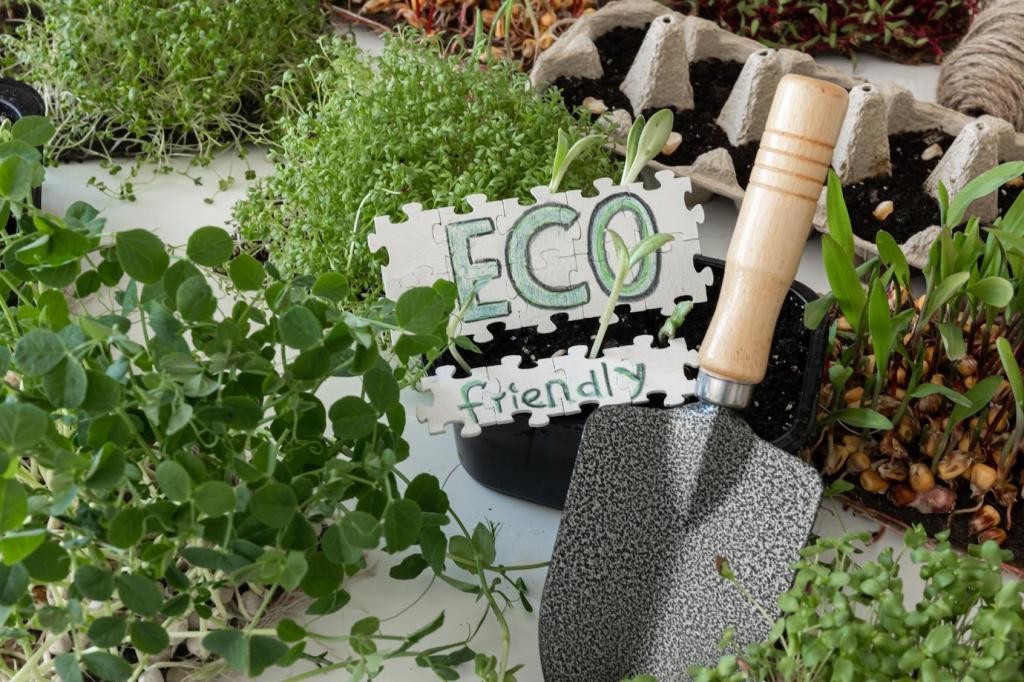
Design Ideas for Drought and Deluge
Replace solid concrete with permeable pavers, gravel, or decomposed granite, then thread ribbons of thyme or clover between. This hybrid approach keeps surfaces usable, sinks stormwater, and celebrates texture. The result is an inviting yard that functions beautifully during drought yet handles sudden, heavy rains with calm confidence.
Design Ideas for Drought and Deluge
A shallow basin planted with natives slows runoff, filters pollutants, and refills groundwater. Pair it with meadowy borders to transition from path to planting. As part of eco-friendly lawn alternatives, rain gardens manage wet seasons elegantly while looking sculptural in dry spells, turning storms into a resource instead of a mess.
Design Ideas for Drought and Deluge
Swap a rectangle of turf for a compact meadow of native grasses and perennials. Mow once or twice a year, enjoy waves of motion, and watch birds forage. This simple shift cuts irrigation, reduces noise, and turns seasonal change into a show that neighbors admire and wildlife actively depends upon.
Family, Pets, and Play without the Turf
Use wood chips or fine gravel for soft, drainable paths that guide soccer dribbles and scooter wheels. Tuck low groundcovers beside them to soften edges. This mix handles traffic gracefully, keeps mud at bay, and creates inviting pauses where family gatherings happen naturally and shoes stay surprisingly clean.
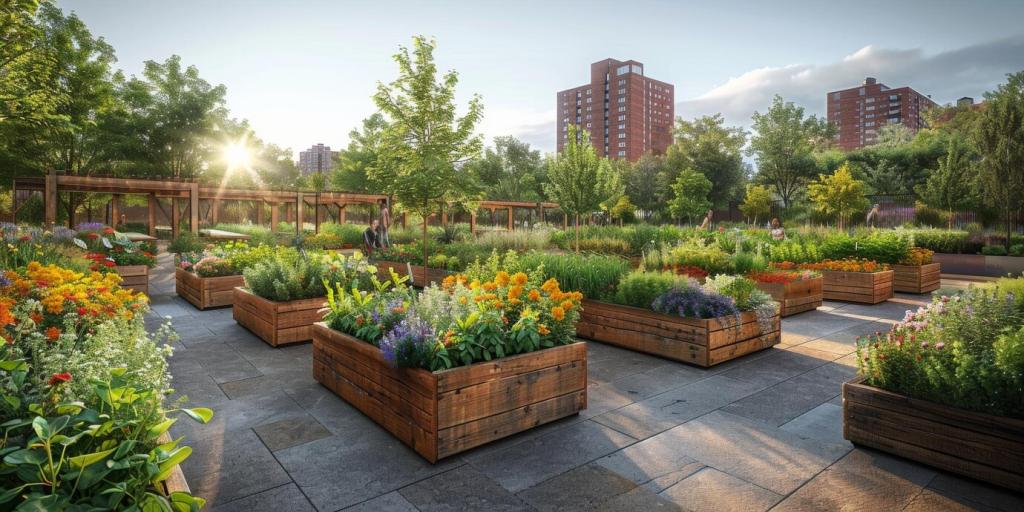
Maintenance and Budget, Made Manageable
Phase It In with Smart Priorities
Convert the sunniest, thirstiest area first for the biggest water savings. Sheet-mulch, plant, observe, then repeat elsewhere. Phasing spreads cost, reduces mistakes, and delivers quick wins that keep motivation high. Share your milestones with our community, and help others learn from every patch you transform.
Tools You Already Own Work Fine
A rake, spade, hose, and hand pruners handle most tasks. Borrow a wheelbarrow, use cardboard for sheet-mulch, and top with compost. Eco-friendly lawn alternatives rarely require special gear, which keeps barriers low and satisfaction high while showcasing just how attainable a greener yard can be.
A Gentle Seasonal Rhythm
Spring: topdress with compost and patch bare spots. Summer: water deeply, less often. Fall: plant perennials and bulbs. Winter: observe structure and drainage. This rhythm supports thriving eco-friendly lawn alternatives without overthinking, and it leaves weekends open for enjoyment instead of endless, noisy maintenance.
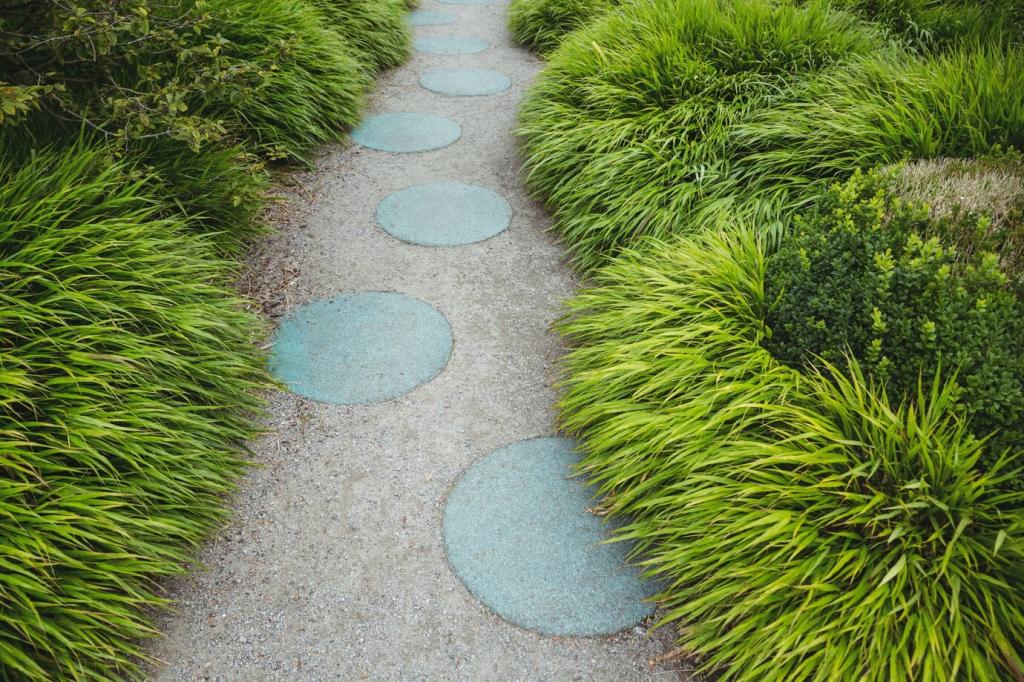
Real-World Stories and Lessons
After two summers of crispy turf, Maya overseeded with microclover. The following July, her yard stayed soft and green through a heat wave, and bees discovered it within days. She now measures success by picnics, butterflies, and water bills, not fertilizer schedules or mower hours.
Real-World Stories and Lessons
One neighbor planted creeping thyme between pavers, then three more joined. The evening air smells herbal, sidewalks stay dry after storms, and kids hunt tiny purple flowers. The project bonded the block and gently introduced eco-friendly lawn alternatives to everyone who walks past and asks curious questions.


